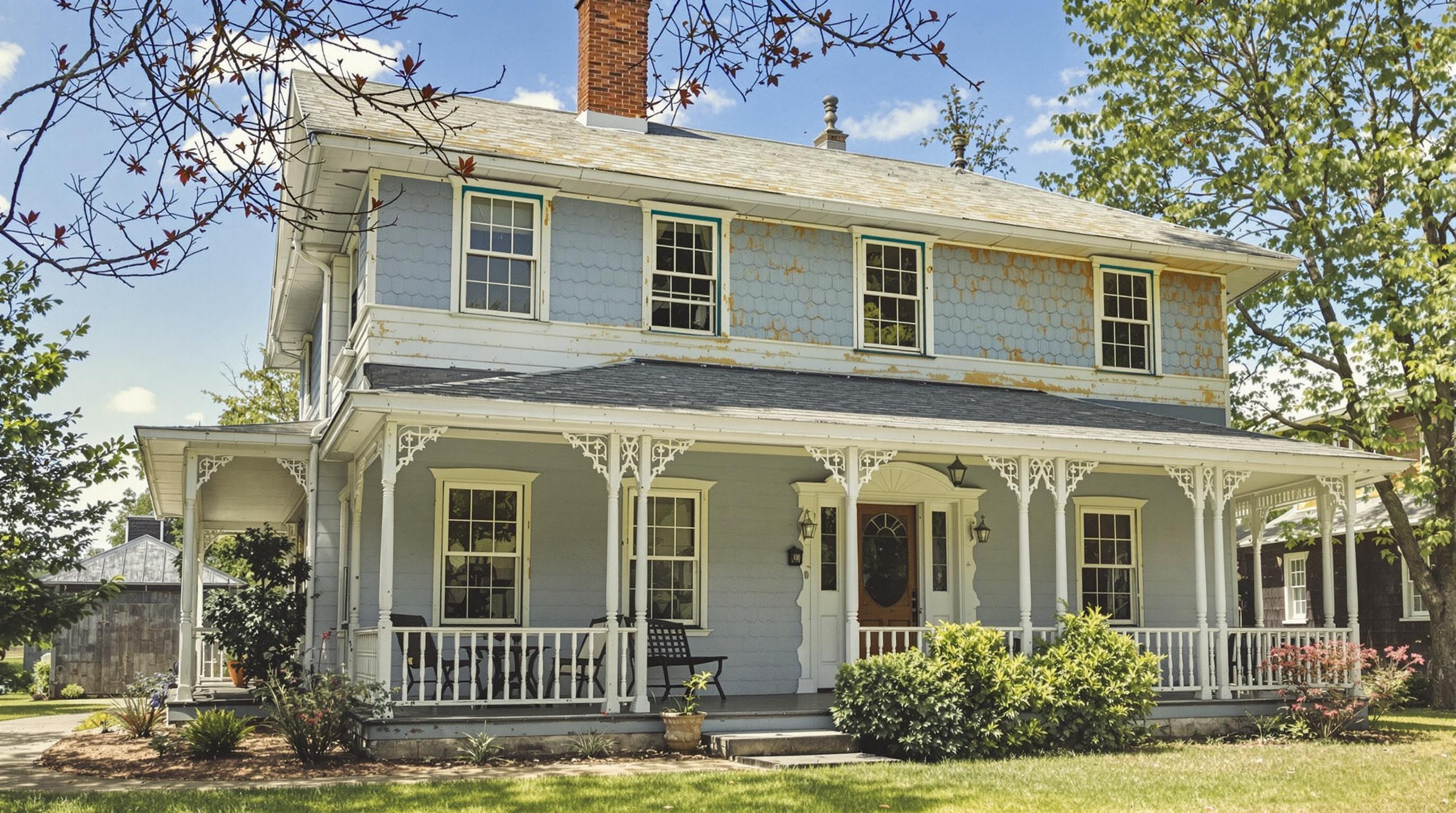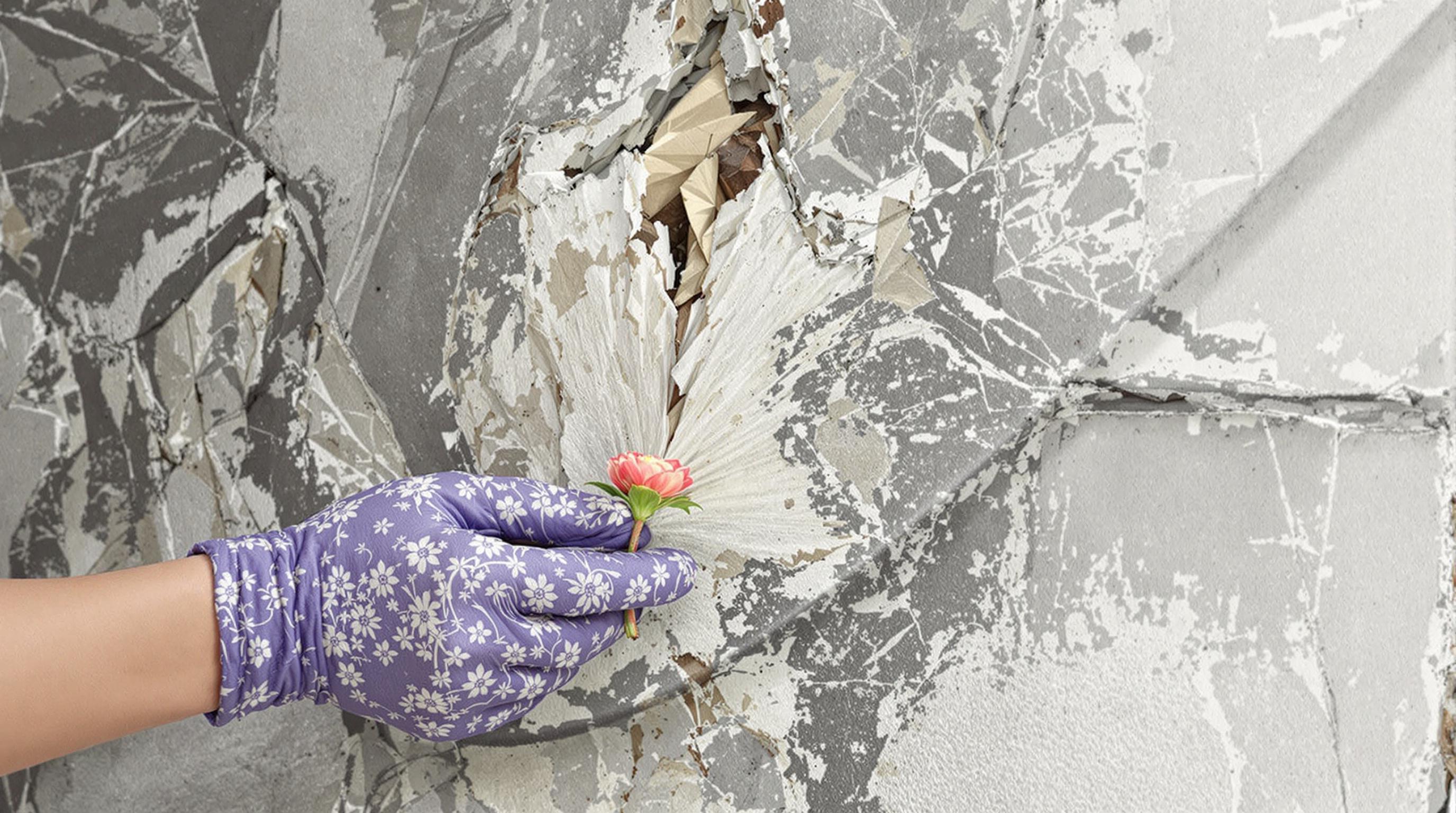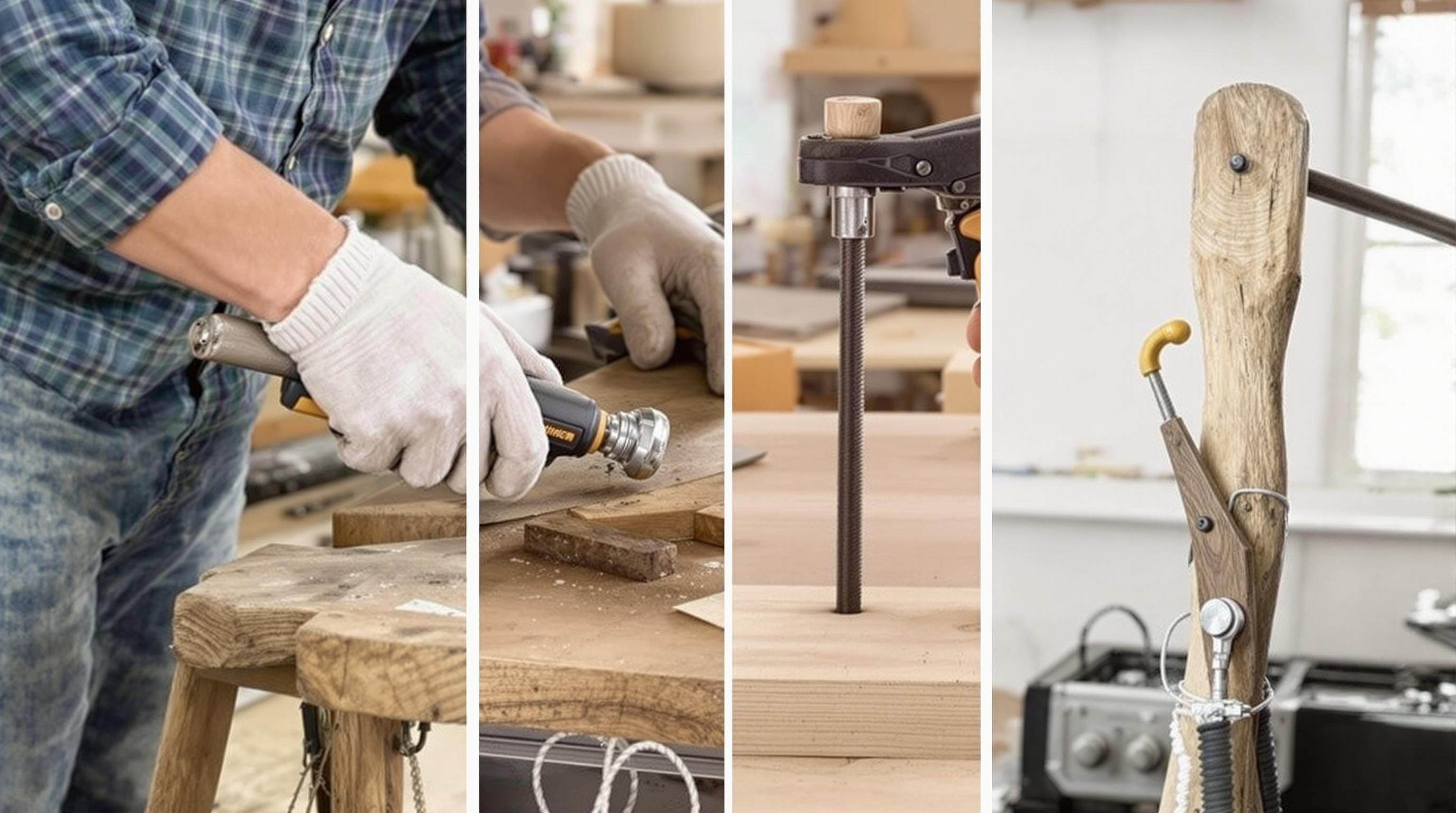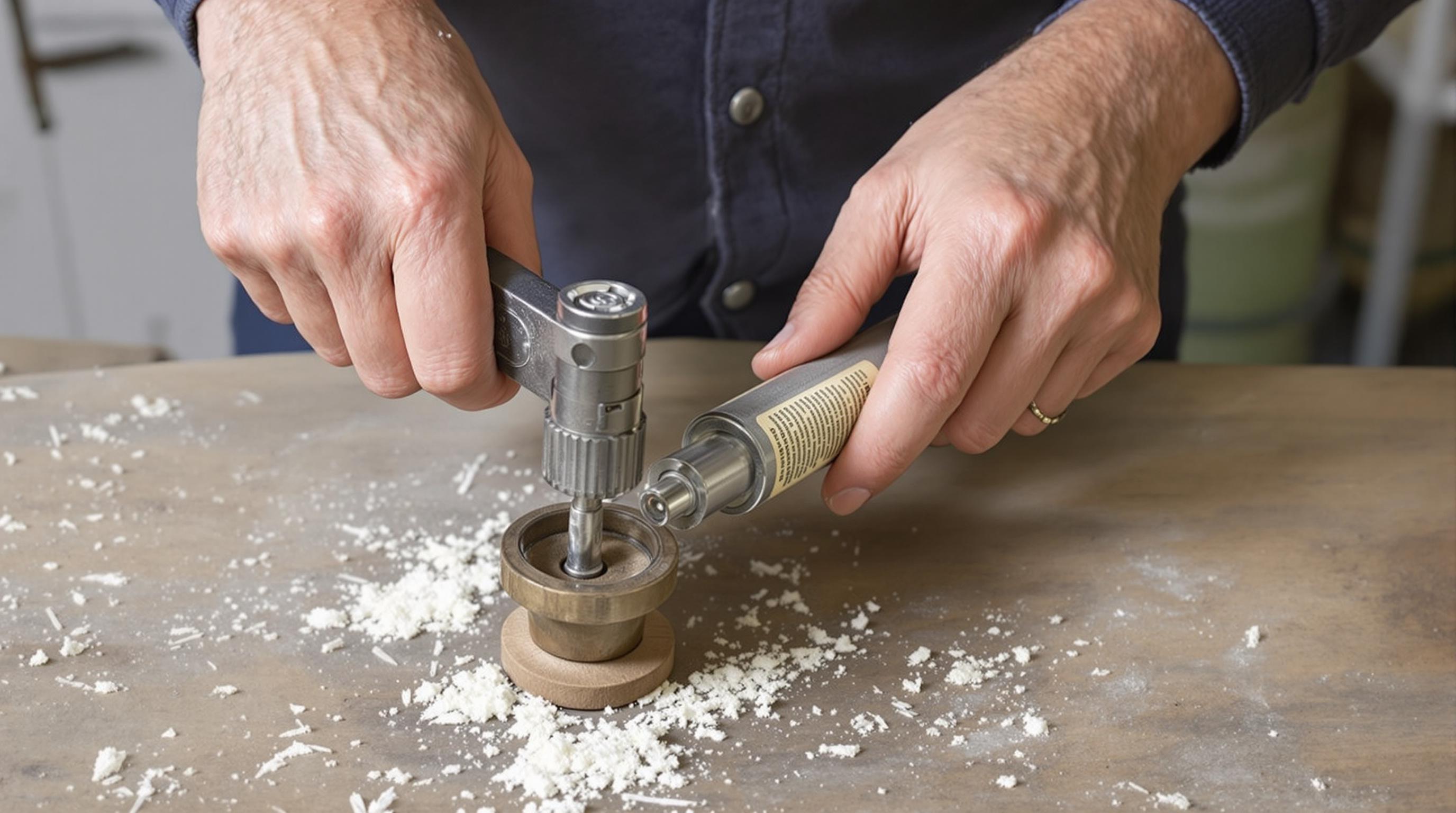Related Articles
- The Hidden Influence of Ergonomics: How Tool Design Shapes Our Physical Spaces and Daily Lives
- The Silent Influence: How Hidden Home Implements Shape Our Daily Routines and Spaces
- The Counterintuitive Role of Chaos: How Messy Tool Storage Can Lead to Unexpected Home Innovations
- Exploring the Unseen: How Audio Experiences Shape the Art of Domestic Spaces and Color Perception
- Rethinking the Mundane: How Everyday Objects are Becoming the Canvas for Modern Artistic Expression in Home Spaces
- Cultivating Chaos: The Surprising Benefits of Embracing Weeds in Your Garden Ecosystem
9 Innovative Home Repair Methods from Unlikely Sources: Uncover Unique Solutions and Transform Your DIY Skills!
9 Innovative Home Repair Methods from Unlikely Sources: Uncover Unique Solutions and Transform Your DIY Skills!
9 Innovative Home Repair Methods from Unlikely Sources: Uncover Unique Solutions and Transform Your DIY Skills!
1. Coffee Grounds for Cleaning
Coffee lovers rejoice! Used coffee grounds can serve as a natural abrasive cleaner that is both eco-friendly and effective. The gritty texture helps remove stubborn residues from surfaces without scratching them. Just sprinkle some used grounds on your sink or countertops, scrub with a damp cloth, and rinse thoroughly. This solution not only cleans but also leaves a pleasant aroma behind.
Beyond the kitchen, coffee grounds can also be utilized for scrubbing pots and pans. Their natural oils help cut through grease, making them a more sustainable choice over traditional, chemical-laden cleaners. Plus, used coffee grounds can be composted afterward, contributing to a zero-waste lifestyle.
However, keep in mind that coffee grounds may not be suitable for all surfaces, especially porous ones. Always test a small area before committing to the whole surface to avoid any damage.
2. Toothpaste for Wall Cracks
Repairing small cracks and holes in your walls can be a hassle. However, a common household item like toothpaste can serve as a quick filler. Use white toothpaste, apply it directly into the crack, and smooth it over with a putty knife or your finger for an even finish. Once it dries, you can paint over it, making it virtually invisible.
This solution is particularly effective for minor repairs, making it ideal for renters or for those who want a temporary fix. While it may not be suitable for larger gaps, it certainly can save time and provide a cost-effective solution for small imperfections.
Before applying, ensure the area is clean and dry. This prevents moisture from affecting the adhesive properties of the toothpaste, ensuring a better bond. Always choose a non-gel toothpaste for this task.
3. Vinegar for Deodorizing
Vinegar is known for its versatility, and one of its lesser-known applications lies in home deodorizing. When combined with water in a spray bottle, this inexpensive household item can neutralize odors in carpets, upholstery, and even fridges. Its acetic acid content helps break down odor-causing bacteria, effectively refreshing your living space.
For a more pleasant scent, consider adding essential oils to the mixture. This not only masks the vinegar smell but can also provide aromatic benefits. Just remember to test any fabric for colorfastness before applying the solution.
Using vinegar as a deodorizer is more sustainable than purchasing chemical-laden air fresheners. It’s a step towards a healthier home while being kind to the environment.
4. Baking Soda for Grout Cleaning
Grimy grout can detract from the aesthetics of your bathroom or kitchen, but using baking soda provides an effective cleaning solution. Mix baking soda with water to create a paste, apply it to the grout lines, and scrub with a toothbrush or scrub brush. This simple method lifts stains and brightens grout without the use of harsh chemicals.
For particularly tough stains, add a splash of vinegar to the baking soda paste. The chemical reaction between the two ingredients creates fizzing action that helps break down stubborn grime. Rinse thoroughly afterward to reveal sparkling clean grout.
Not only is baking soda an economical choice, but it’s also non-toxic, making it safe for homes with children and pets. Regular maintenance with this method can keep your grout looking fresh for longer.
5. Rubber Bands for Stripped Screws
Stripped screws can often be a DIYer's nightmare, but an everyday rubber band can offer a simple fix. Place a rubber band over the stripped screw head, and then insert your screwdriver. The elasticity of the band provides the necessary grip, allowing you to unscrew the stubborn fastener.
This method works well because the rubber band creates additional friction, making it easier to grip the screw. It’s a quick and sound solution, especially when you have no other tools on hand. It is also a great way to save those last-minute trips to the hardware store.
Keep this tip in mind for your next home repair. It's a fantastic example of using what you have at home to solve pesky problems without resorting to expensive alternatives.
6. Dryer Sheets for Dusting
Instead of purchasing expensive dusting wipes, consider using dryer sheets for a cost-effective and innovative approach to cleaning surfaces. Their anti-static properties help repel dust and pet hair, making them effective for dusting furniture, electronics, and even baseboards.
Simply wipe surfaces down with a used dryer sheet to collect dust efficiently. The added bonus is the fresh scent that typically accompanies dryer sheets, which can leave your space smelling nice and clean.
However, make sure to avoid using dryer sheets on screens, as they can leave a residue that can cause smudging. For screens, consider a microfiber cloth as a safer alternative.
7. Olive Oil for Wood Furniture
Wood furniture often requires special care to maintain its beauty and integrity. Surprisingly, olive oil can serve as an excellent natural polish. Mix equal parts of olive oil and vinegar to create an effective furniture polish that nourishes wood while leaving it shiny and protected from dryness.
Apply the mixture using a soft cloth, buffing gently to allow the wood to absorb the oil. This simple, non-toxic method not only cleans but conditions the wood, enhancing its natural shine.
Moreover, using olive oil as a polish keeps harmful chemicals at bay. It's a green alternative that's perfect for those wanting to embrace sustainable practices in home care.
8. Essential Oils for Pest Control
Household pests can be a recurring problem, but essential oils may provide a natural repellent solution. Oils like peppermint, lavender, and eucalyptus have been shown to deter insects when mixed with water into a spray bottle and applied around entry points or common pest areas.
The aromatic properties of essential oils make them pleasant to use compared to chemical insecticides. Not only do they provide pest control, but they can also infuse your home with delightful fragrances.
However, test these solutions for specific pest types, as efficacy may vary. It’s always a good idea to research which oils work best for the type of pest you’re dealing with for optimal results.
9. Mayonnaise for Stubborn Water Stains
When it comes to removing stubborn water stains from wood surfaces, mayonnaise has surprisingly effective properties. The oil content can help lift the stain while preventing the wood from drying out. Apply a small amount of mayonnaise to the stain, let it sit for a few hours, and then wipe it clean with a soft cloth.
This method is particularly beneficial for restoring old furniture or wooden surfaces that have lost their luster over time. Not only does it work well, but it’s also a great way to utilize a commonly found condiment in your kitchen.
As with all methods, take the time to test this on an inconspicuous area first to ensure no adverse reactions occur. Once you find success, you can enjoy beautifully restored old wood without professional help.
Conclusion
Home repairs don’t always have to be complicated or expensive. By embracing innovative methods drawn from unlikely sources, you can expand your DIY skills and take on home maintenance tasks with confidence. Simple household items like coffee grounds, vinegar, and olive oil can provide surprisingly effective solutions to common problems, encouraging a more sustainable and resourceful lifestyle.
As you integrate these unique solutions into your home repair repertoire, you will not only save money but also develop a deeper appreciation for the items and resources you already have. Next time you encounter a household issue, think outside the box and explore what innovative methods might be in your pantry or bathroom.
With a touch of creativity and a willingness to experiment, you can transform mundane home repairs into opportunities for learning and growth. Happy DIYing!




